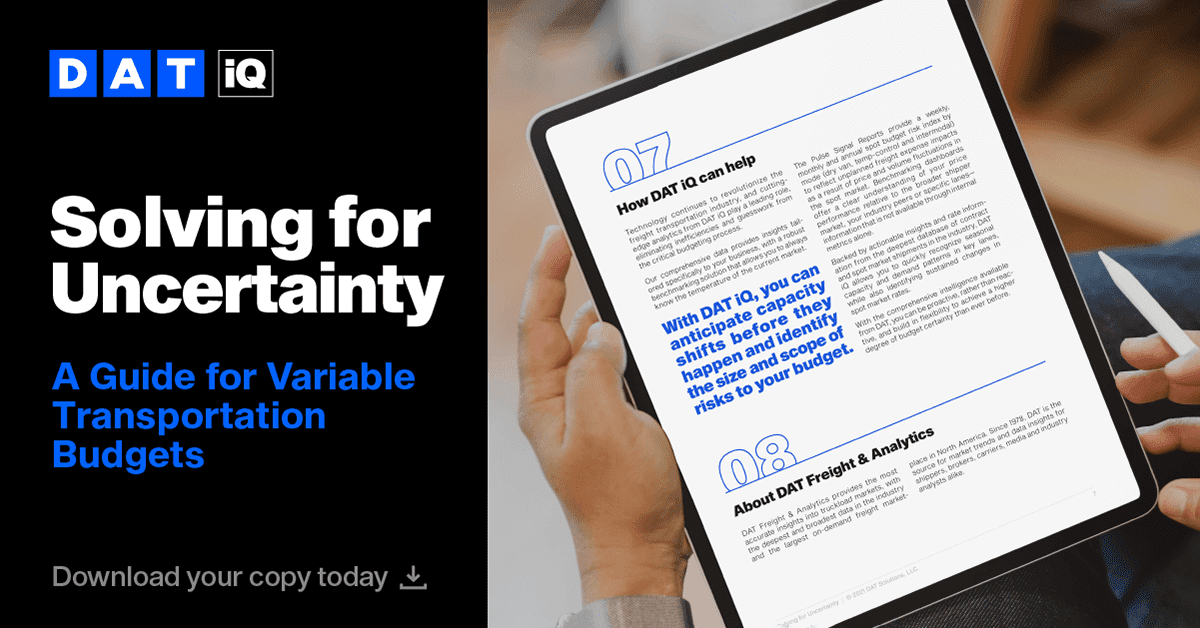Expanding your product line or adding new customers are classic ways to grow your business. But that growth also creates new challenges for supply chain managers.
Expansion affects transportation budgets differently than most other commodities purchased by the business. For example, an expansion could mean entering a new region of the country, one that is closer to the company’s manufacturing facility. There may be an assumption that the shorter distance translates into lower costs, compared with existing markets farther away.
That’s not necessarily accurate.

If that new, closer destination is not in a more balanced market for truckload transportation, rates are likely to be higher. That’s because, when finding backhauls is more difficult, carriers respond by charging higher prices, so it’s critical for this to be incorporated into the transportation budgeting process.
A similar situation could play out with the introduction of a new, larger factory that enhances manufacturing but also alters the distribution map. Once again, sophisticated data and benchmarking can address these situations, as well as handling unexpected capacity challenges that develop if drivers need to offload at multiple docks or have to wait long periods between stops.
Get your copy of “Solving for Uncertainty” to see how variable transportation budgets can facilitate your business growth.

